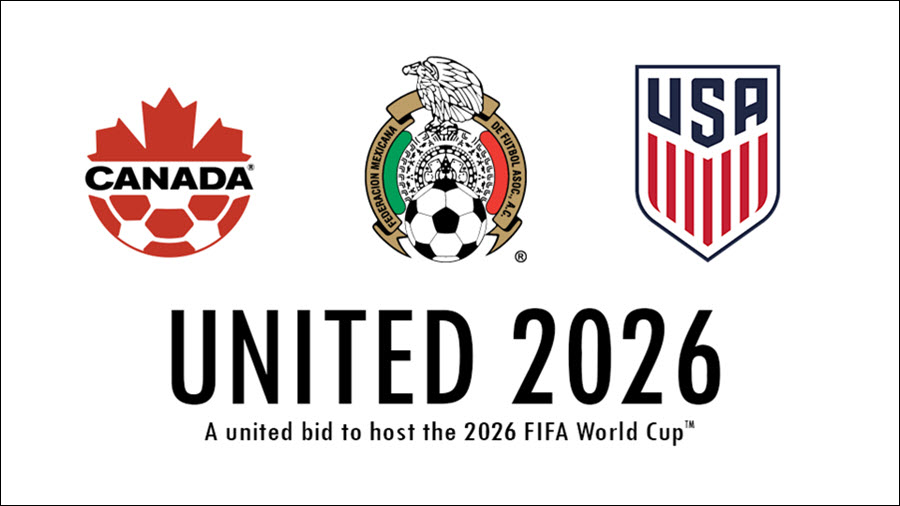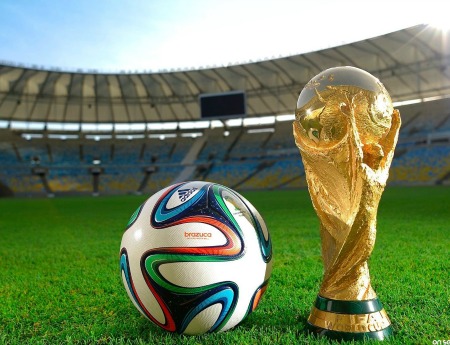World Cup Coming to Americas in 2026

The 2026 World Cup will be played in the United States, Mexico and Canada after those countries combined on a winning bid for the global soccer tournament.
The 2018 World Cup kicks off Thursday in Russia.

Fox and Telemundo own the U.S. media rights through the 2026 event, and soccer, the world’s most popular sport, has been gaining interest in the U.S.
Fox paid $400 million for the English-language rights to broadcast the 2018 and 2022 World Cup, up significantly from what ABC and ESPN had paid for previous games. In 2015, FIFA, world soccer's governing organization, awarded the 2026 event to the current U.S. rights holders without accepting other bids. According to reports this week, Fox and NBCUniversal-owned Telemundo also are set to pay FIFA a bonus of about $300 million because North America won the 2026 World Cup.
The World Cup is even more popular with Hispanics living in the U.S. Comcast’s Telemundo outbid rival Univision for the Spanish-language TV rights, paying $600 million for 2018 and 2022.
The U.S. national team did not qualify for the 2018 World Cup, which was a disappointment to Fox. But as host the U.S. will automatically get a berth in the event.
Related: Fox, Telemundo Near World Cup Ad Sales Goals
Broadcasting & Cable Newsletter
The smarter way to stay on top of broadcasting and cable industry. Sign up below
In 2026, the tournament will be expanded, with 48 teams playing 80 matches over 34 days. Of the 16 host cities, 10 will be in the United States with three each in Canada and Mexico.
The final game will be held in the New York area at MetLife Stadium, home of the National Football League’s New York Jets and New York Giants.
The tournament is expected to generate $14 billion in revenue and make $11 million in profits.

The United State hosted the World Cup in 1994. Mexico hosted the tournament in 1970 and 1986. Canada was home to the Women’s World Cup in 2015.
Jon has been business editor of Broadcasting+Cable since 2010. He focuses on revenue-generating activities, including advertising and distribution, as well as executive intrigue and merger and acquisition activity. Just about any story is fair game, if a dollar sign can make its way into the article. Before B+C, Jon covered the industry for TVWeek, Cable World, Electronic Media, Advertising Age and The New York Post. A native New Yorker, Jon is hiding in plain sight in the suburbs of Chicago.

